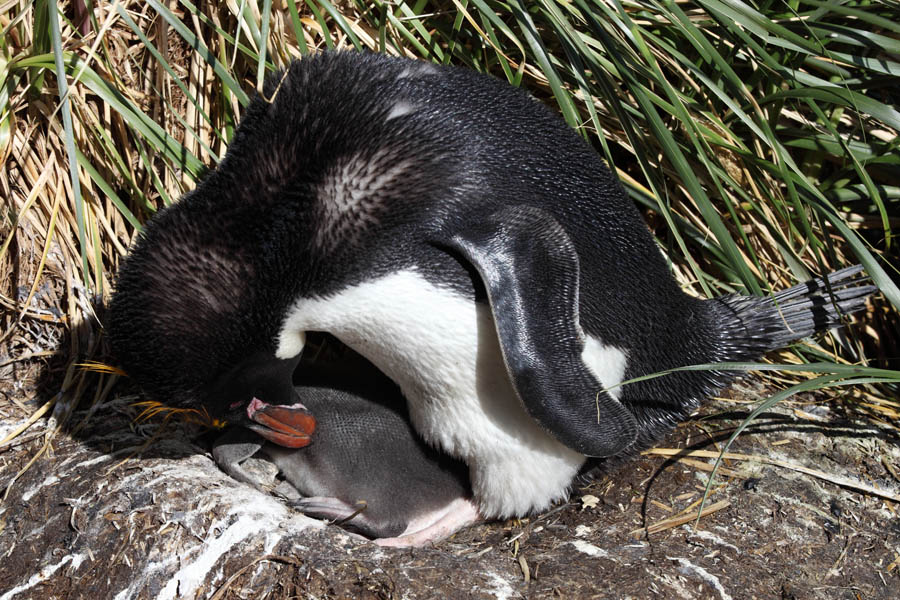

I shall be stuck up in caricatura in all the print-shops. O, confound my stupid head, I shall be laughed at over the whole town. In Oliver Goldsmith's She Stoops to Conquer (1773), a misunderstanding is discovered and young Marlow finds that he has been mistaken he cries out, "So then, all's out, and I have been damnably imposed on. It talks without meaning, it smiles without pleasantry, it eats without appetite, it rides without exercise, it wenches without passion. There is indeed a kind of animal, neither male nor female, a thing of the neuter gender, lately started up among us. Johnson was awkward in the saddle, and Boswell ribbed him: "You are a delicate Londoner you are a maccaroni you can't ride." Samuel Johnson, the least dandified of Londoners. In 1773, James Boswell was on tour in Scotland with the stout and serious-minded essayist and lexicographer Dr. ĭesign historian Peter McNeil links macaroni fashion to the crossdressing of the earlier molly subculture, and says "some macaronis may have utilized aspects of high fashion in order to affect new class identities, but others may have asserted what we would now label a queer identity". The new Darly shop became known as "the Macaroni Print-Shop". The shop of engravers and printsellers Mary and Matthew Darly in the fashionable West End of London sold their sets of satirical "macaroni" caricature prints, published between 17. A prominently large nosegay of flowers was often worn (on the left side of the chest or shoulder of the coat), along with a very small tricorne style hat. The Macaroni suit, made up of a shorter, tighter fitting coat, colourful stockings, and shoes adorned with large buckles, and, fastened in a large bow, the Macaroni cravat, made from lace-edged muslin, were developed and worn in the 1770s. The expression was particularly used to characterize " fops" who dressed in high fashion with tall, powdered wigs with a chapeau-bras on top that could only be removed on the point of a sword.

Īuthor Horace Walpole wrote to a friend in 1764 of "the Macaroni Club, which is composed of all the travelled young men who wear long curls and spying-glasses". The Italian term maccherone, when figuratively meaning "blockhead, fool", was apparently not related to this British usage, though both were derived from the name of the pasta shape. They would refer to anything that was fashionable or à la mode as "very maccaroni". During their trip, many developed a taste for maccaroni, a type of pasta little known in Britain then, and so they were said to belong to the Macaroni Club, founded in 1764 by those returning from the Grand Tour. Italy was a key destination of these tours. In the 18th century, wealthy young British men traditionally took a trip around Europe upon their coming of age, known as his Grand Tour.

The macaroni was the Georgian era precursor to the dandy of the Regency and Victorian eras. Many modern critics view the macaroni as representing a general change in 18th-century British society such as political change, class consciousness, new nationalisms, commodification and consumer capitalism. The macaronis became seen in stereotyped terms by in Britain, being seen as a symbol of inappropriate bourgeois excess, effeminacy, and possible homosexuality, which was then legally viewed as sodomy. He mixed Continental affectations with his British nature, like a practitioner of macaronic verse (which mixed English and Latin to comic effect), laying himself open to satire. The term "macaroni" pejoratively referred to a man who "exceeded the ordinary bounds of fashion" in terms of high-end clothing, fastidious eating, and gambling. Stereotypically, men in the macaroni subculture dressed, spoke, and behaved in an unusually epicene and androgynous manner. A real Character at the late Masquerade", mezzotint by Philip Dawe, 1773 A fop from "What is this my Son Tom?", 1774Ī macaroni (formerly spelled maccaroni ) was a pejorative term used to describe a fashionable fellow of 18th-century Britain. Self portrait of Richard Cosway, a Georgian-era portrait painter, who was known as the "Macaroni Artist" "The Macaroni.


 0 kommentar(er)
0 kommentar(er)
